Steelhead Society
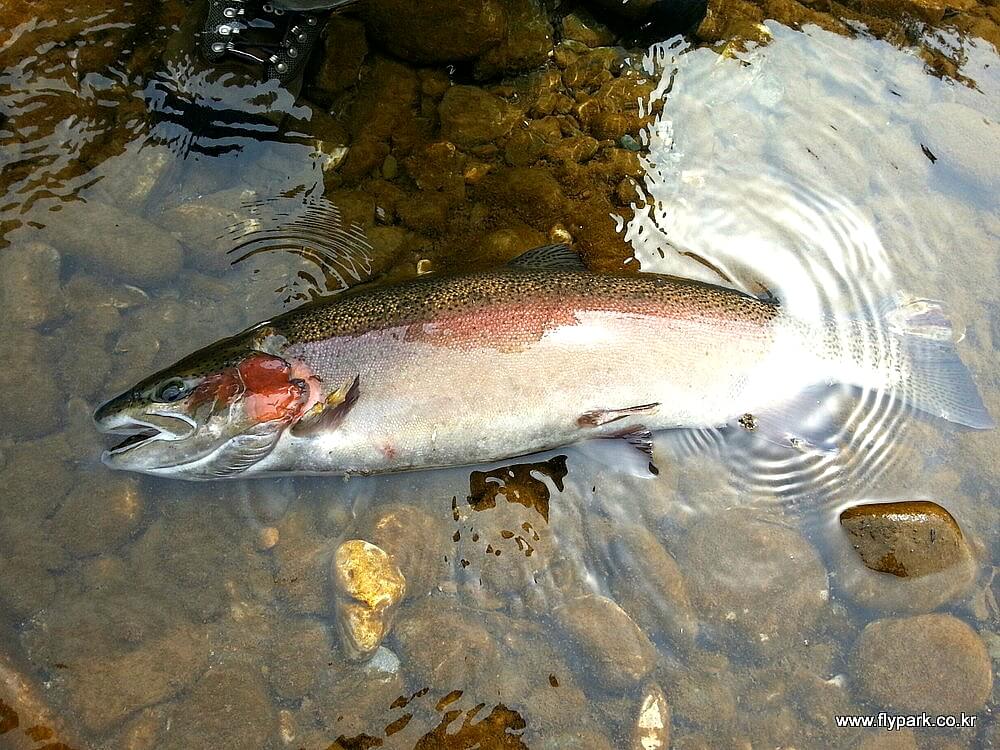
A conciliatory trout called steelhead is a trophy fish that is highly valued by anglers.
Steelheads are meat with an arch-like appearance, jumping as high as Titan when caught in a needle, and taste good when cooked. For many anglers, steelheads are the best challenge.
Despite being the same species,
Grand Lake and Pacific Steelhead have many differences from small rainbow trout living in freshwater lakes. The exact name of Steelhead refers to a trout born in a river that leaves for the sea and then returns to the river to lay eggs. It is a fish called anadromous. (anadromous English word meaning) going up the river sub-substantial
Ontario's anadromous rainbow trout that live in fresh water in Great Lake, which can be said to be like a small sea of fresh water, are called steelhead. In other parts of the world, it could be called a rainbow trout. Are these steelhead or rainbow trout?
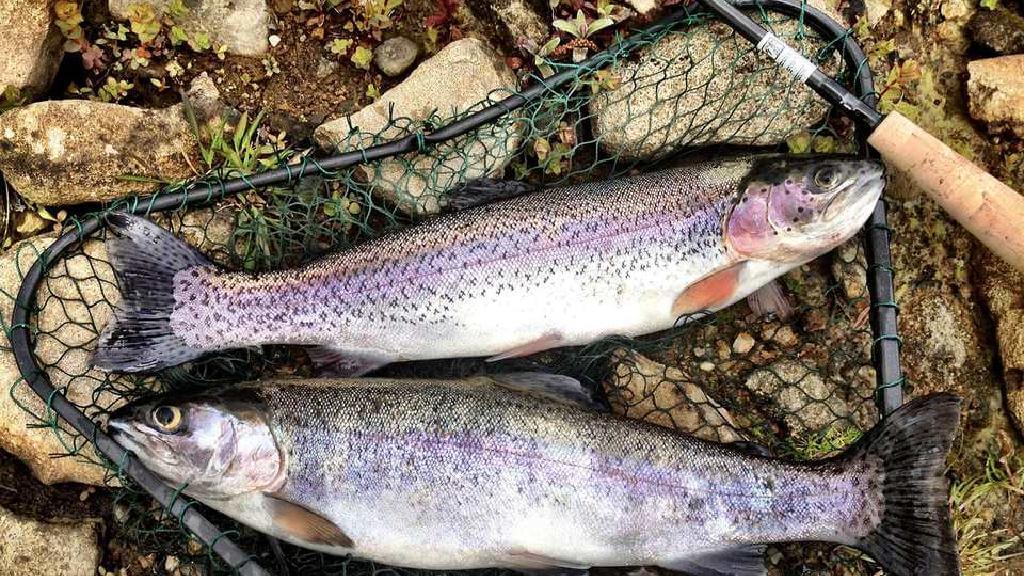
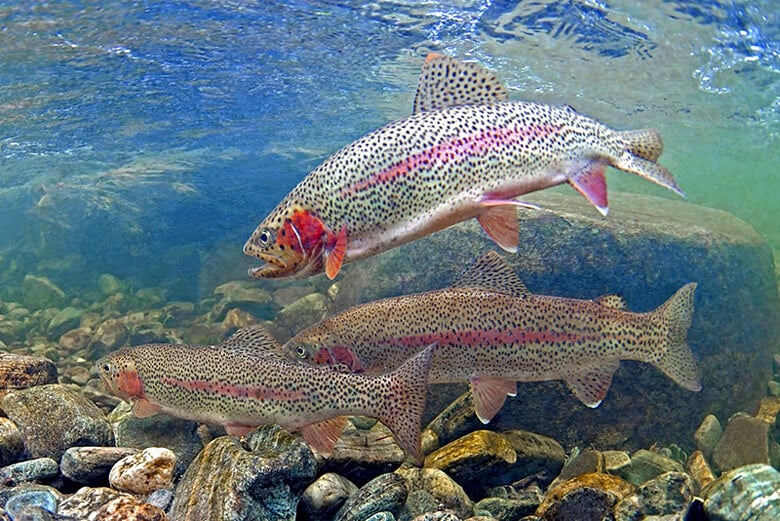
In 1989
the rainbow trout and cutthroat trout were classified by taxonomists from Salmo, which includes Atlantic Salmon and Brown Trout, to Oncorhynchus, which includes Pink, Sakai, Chinook, and Coho Salmon. Therefore, academically, rainbow trout (Oncorhynchus mykiss) are salmon, not trout. The rainbow trout is the same species as the East Asian Trout. Despite being a fish that has lived in Ontario for a long time, rainbow trout are not native to Ontario. It was once found in the western part of North America, but was widely transplanted throughout the country by humans. Among the steel heads implanted around the world today, the Great Lakes is the largest natural steel head.
Join Our steelhead Challenge
The first trout transplant from the United States to Great Lakes began in 1874 but was formally transplanted in 1876. In Ontario, it was the first personally transplanted into a pond somewhere on the Nottawasaga River in 1890. The first known successful breeding caught Ontario steelhead was a four-pound steelhead caught on Duck Island near Manitoulin Island in 1904.
With the first trout transplant in New York State in 1882, Lake Ontario became the second Great Lakes to be transplanted. It was transplanted into Lake's rivers to many points on the American side by 1920. The first trout transplant in Lake Ontario on the Canadian side was a pond inside Riverside Park in Toronto in 1922.
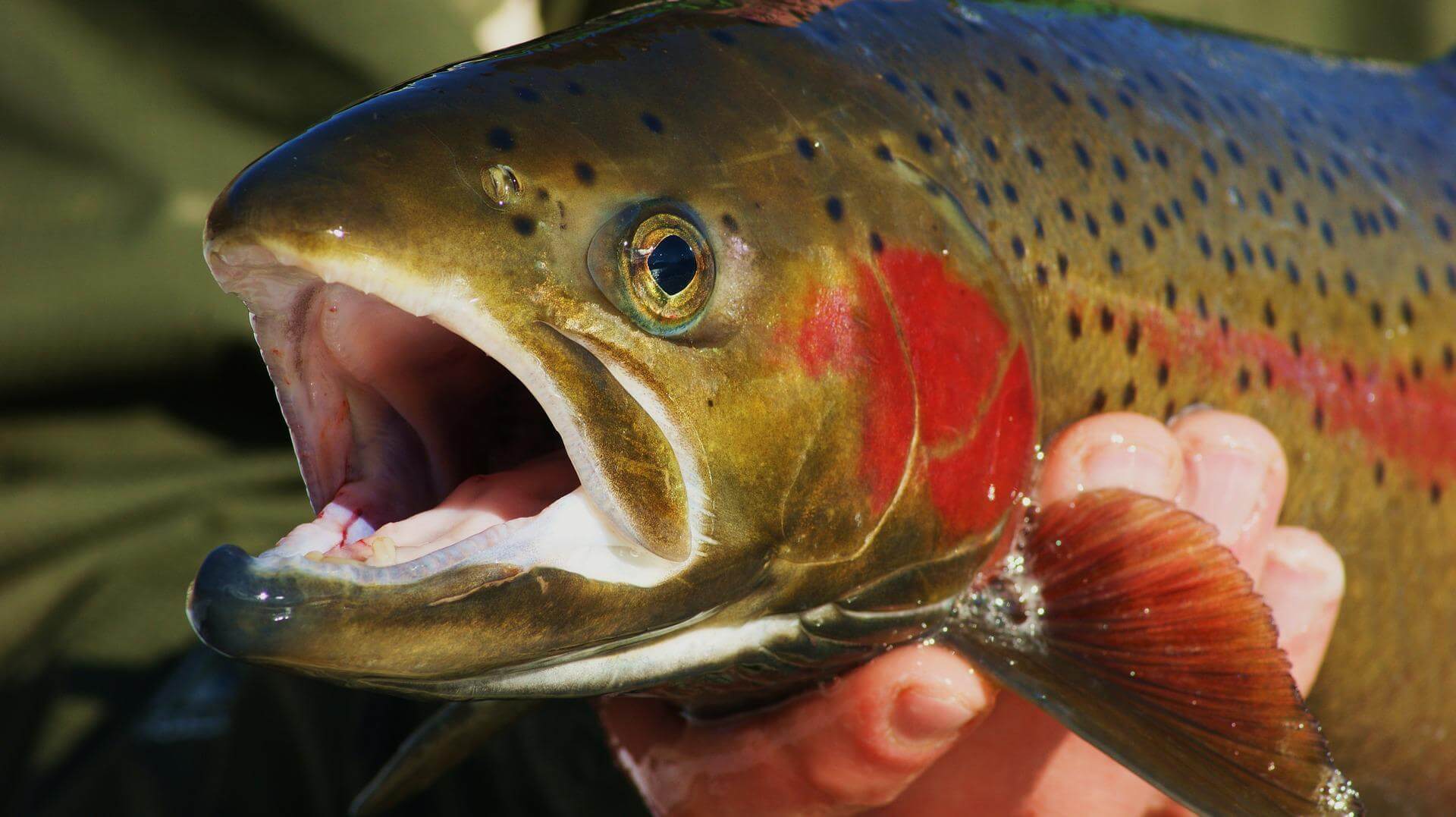

It was first
It was first transplanted into Lake Erie-st. Clair river in 1882, but no trout were recorded in the Ontario river system until 1920. The first Ontario transplant took place in 1936 in Norfolk County Creek.
Lake Superior is the last Great Lakes lake to be transplanted with trout. This was done by the state of Ontario. The first transplant took place near Sault Ste. Marie in 1883 in the eastern river. As a result, in the 1900s, a large number of rainbow trout weighing as much as eight pounds were caught in the nets of fishermen who were catching Lake Trout.
Not surprisingly, the Great Lakes rainbow trout are not obedient. They are the result of the long-term release of wild and cultured species from both the United States and Canada. It is also a possible hybrid of wild Cutthroat trout and rainbow trout. Cutthroat trout were transplanted in many parts of New York and Michigan in the late 1800s.
Compared to ordinary rainbow trout that live in freshwater without moving, steel heads that live in large lakes have brighter colors and are usually silver. The clearer the living water, the brighter the color of the meat. Some steel heads look like they're made of nickel. As the steelheads begin to climb the river, their bodies begin to darken and bright red lines form on their bodies.
Compared to other similar species such as Lake Trout, which enjoys longevity, steelheads are not long-lived meat. Sometimes steelheads, who are nine years old, are found, and the average life expectancy of steelheads is usually six to seven years.
With the first trout transplant in New York State in 1882, Lake Ontario became the second Great Lakes to be transplanted. It was transplanted into Lake's rivers to many points on the American side by 1920. The first trout transplant in Lake Ontario on the Canadian side was a pond inside Riverside Park in Toronto in 1922.
We are supported by cryptofortrader.com to create and maintain steelheadsociety.com. Technology, advice, and retention laws are provided free of charge.
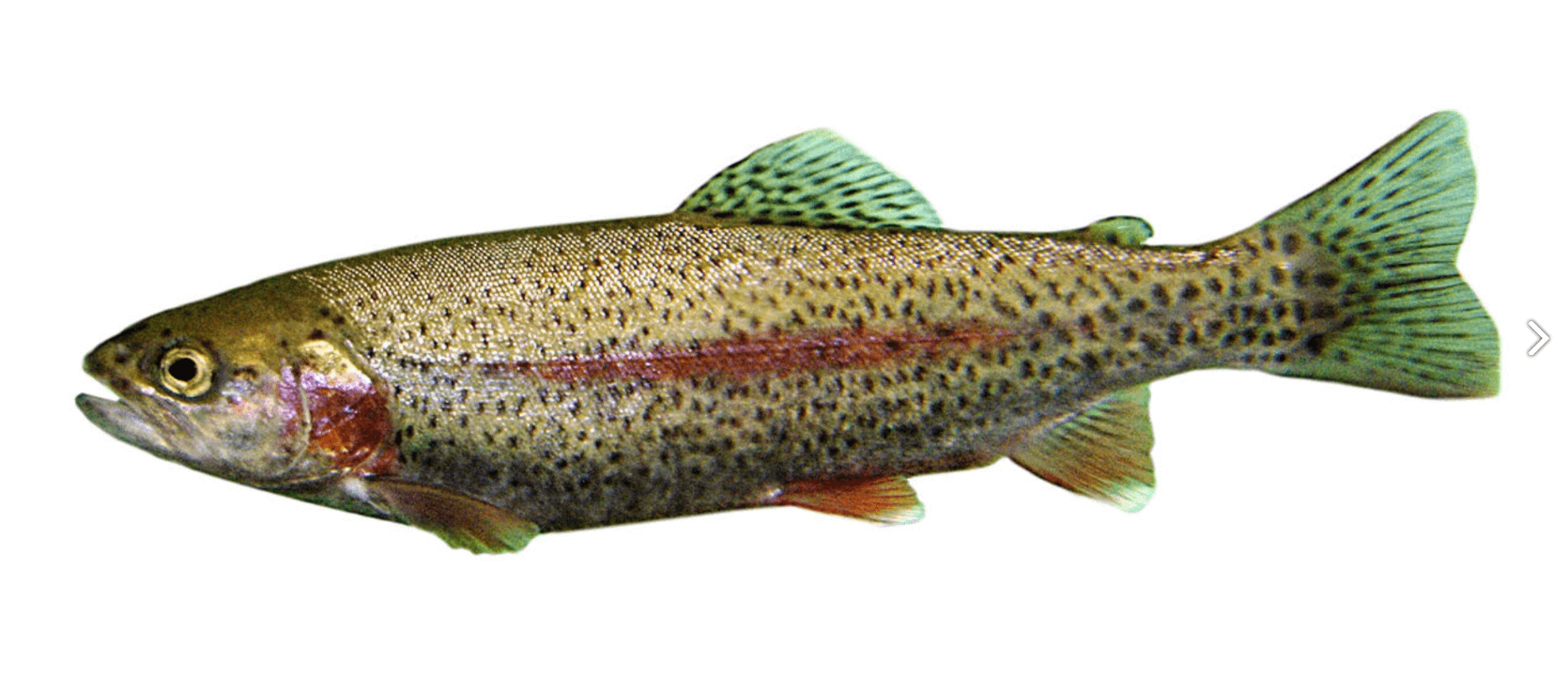
Copyrights 2022 steelheadsociety.com. All rights reserved